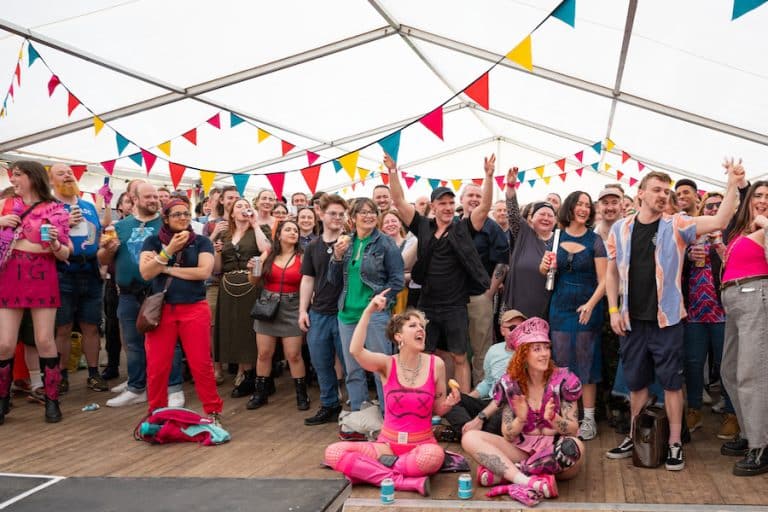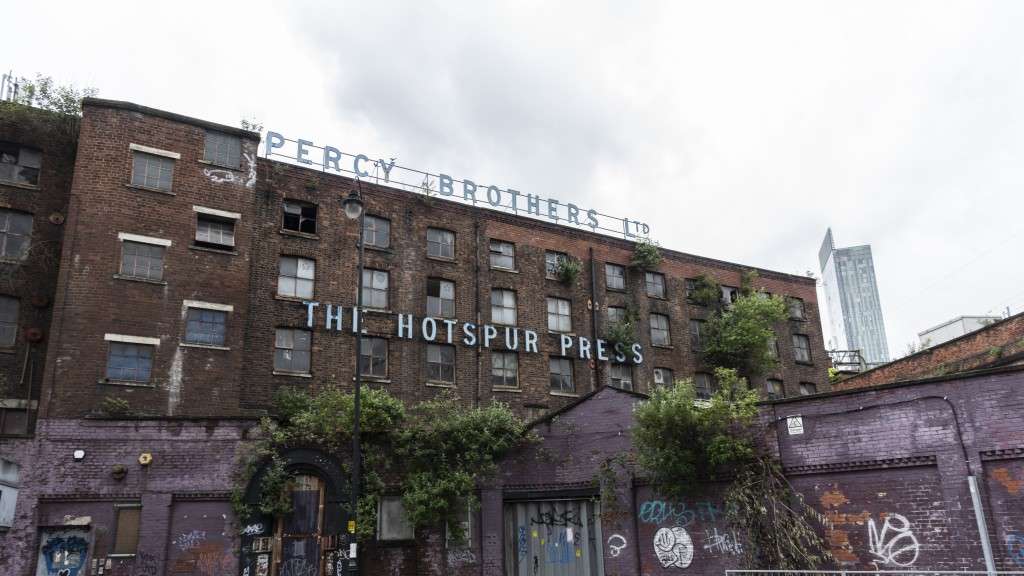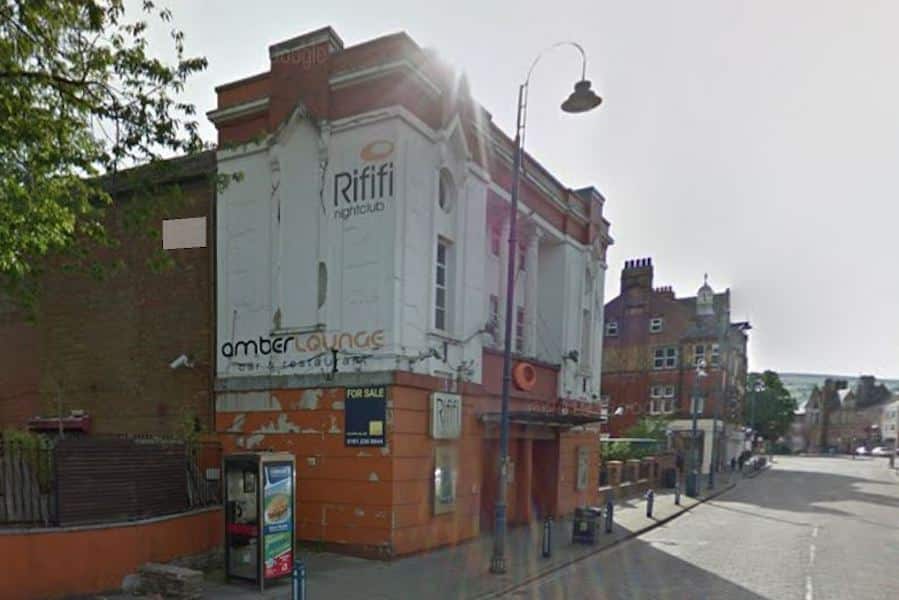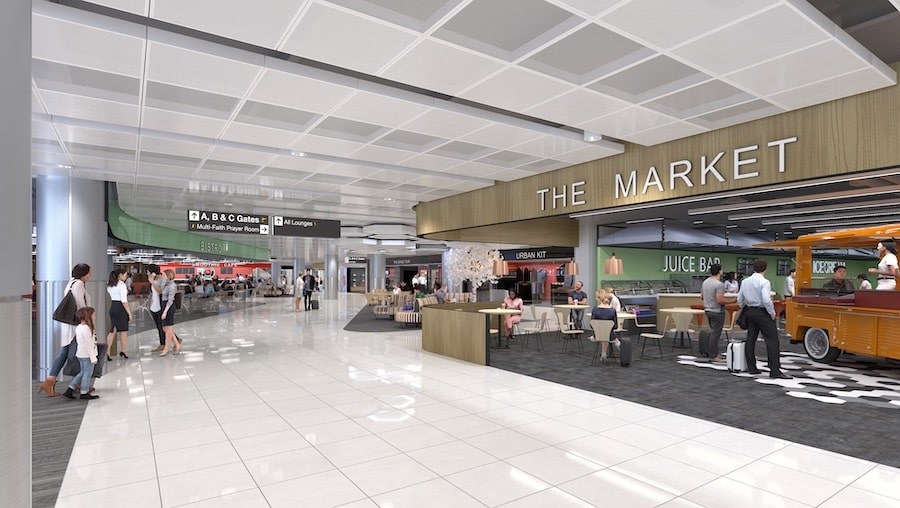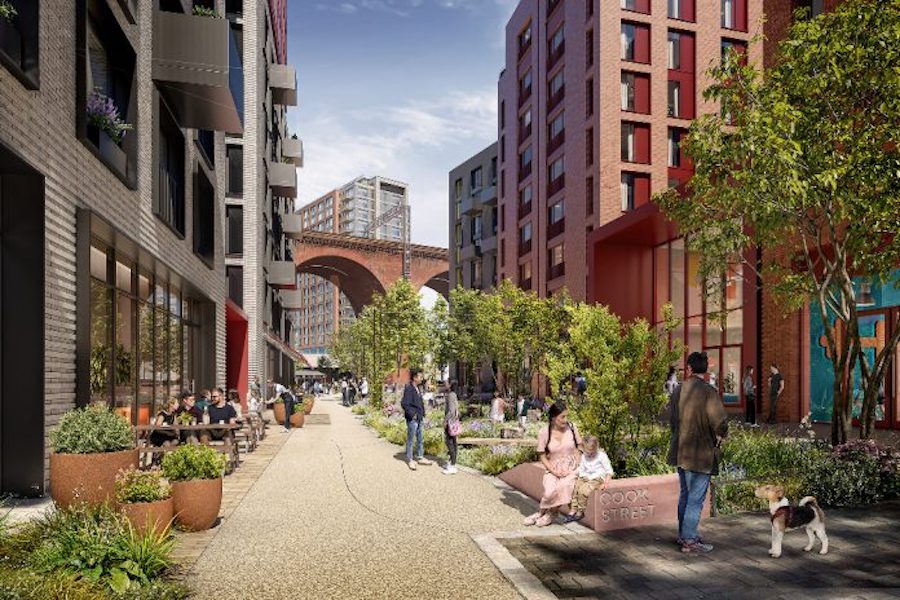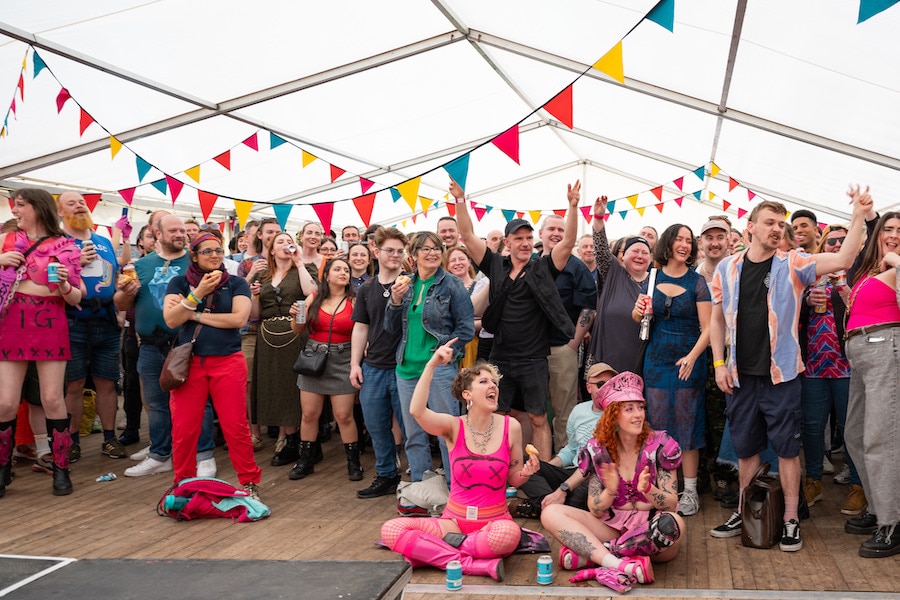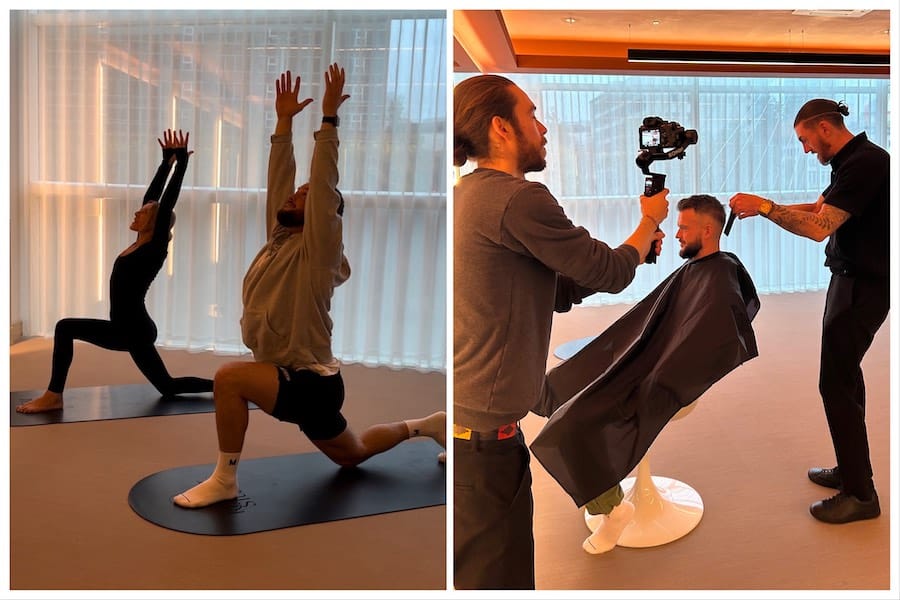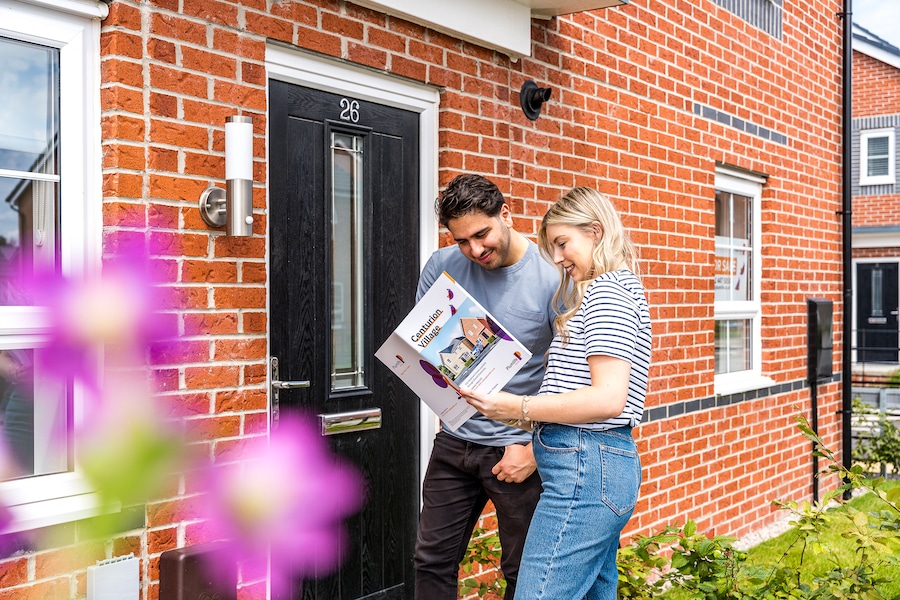La Boca to La Stocka(port) to showcase incredible Argentinian artists
- Written by Thom Bamford
- Last updated 1 year ago
- Art & Design, Culture, Exhibitions
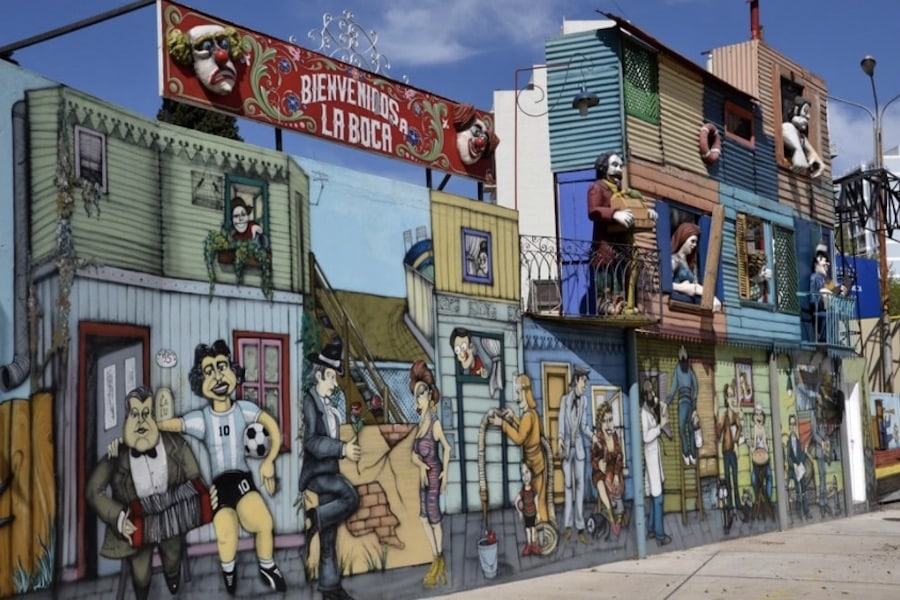
Five eminent artists from one of Argentina’s toughest neighbourhoods are flying to Greater Manchester in September to work with local people in the community, and fellow artists, to transform one of Stockport’s forgotten backwaters from a nowhere place into a somewhere place, just as they did in La Boca, Buenos Aires.
La Boca to La Stocka

This inspiring project, La Boca to La Stocka, is being masterminded by John and Sophie Macaulay, the husband-and-wife team behind Stockport’s GRIT Studios and Art Battle Manchester.
John explains, “This could be the most exciting artistic event ever to happen in Stockport.
“We are bringing together people who have a lot in common, even though they live half a world away. I
“It’s the spirit and drive to do something for themselves when everybody else seems to have given up on them”.
Sophie adds, “We love the story of what artists were able to do in La Boca.
“It was a forgotten place; the buildings were crumbling; yet people were determined that their children should experience the influence of art and culture they used blank walls as their canvas.
“Today, La Boca has become a must-see destination, so we wondered if we could do the same for our little bit of the world”.
The artists travelling from La Boca are Eva Luna Maissa, Patrica Salatino, Melina Lluvia, Omar Gasparini and Alejandro Fenochio who will all live in the neighbourhood around Canal Street, Stockport for ten days, getting to know the community.
These five Argentinians will work collaboratively with 12 local artists, plus 100 residents, many of whom haven’t previously engaged with the town’s cultural offerings and activities.
Together they’ll create a unique, colourful space that will make the community proud and attract new visitors to the town.
John adds “We are both about bringing the power of art to the people rather than just the ‘usual suspects’ and we hope this will be the start of a long and fruitful relationship between our two neighbourhoods.”
We sat down with John to talk about the project.

What inspired you to initiate the “La Boca to La Stocka” project and bring Argentine artists to Stockport?
“A chance conversation with a friend of ours, Malcolm, who was visiting Argentina. He got into a conversation with some local artists in Buenos Aires and started telling them about our work at GRIT Studios in Stockport. We moved into our studio space on Canal Street in Stockport 2 years ago and it soon became a home to 20 remarkable artists and makers – the Grafters’ Crafters as we call them. People with GRIT.
“The streets around our studio are very industrial, a bit forgotten, and we’d usually find a stolen car dumped most weeks. The more we spoke to neighbours, the more we realised that people did care but didn’t know where to start. The businesses on our street are full of practically-minded resourceful people, van welders, a scrap yard, roofers, and fencing companies for example. Similar to La Boca.
“We felt that if we acted as catalysts, there were enough people who had a vested interest in uplifting the local area. Hence, the story of La Boca – working-class people using leftover paint from the local shipyard to add some colour to their neighbourhood – it resonated with us.
Could you share more about the artists from La Boca? How did you select them for this collaboration?
“All of the artists coming over have a real passion for the communities they live and work in. They’re from a range of backgrounds and disciplines, but all share a love for connecting people through art.
Street art is very different in South America from the UK. Over here, everyone thinks of young kids with spray cans. Our visitors all paint using brushes and one of the artists, Omar, is nearly 80. It’s his first
time away from South America. Some of them have won national awards in Argentina.
What similarities do you see between La Boca in Buenos Aires and the neighbourhood in Stockport Where the project will take place?
There are lots of similarities. La Boca and our little part of Stockport are both tight communities where
people look after their own. There are lots of old-school industry, the areas themselves are unpretentious and full of people with a unique set of skills.
Today, La Boca – still a very tough neighbourhood and in parts a shanty town – attracts people from all over the world. They come to see these higgledy-piggledy painted buildings and the murals created by today’s artists of La Boca.
The project aims to transform a forgotten space into a vibrant one. What specific changes or improvements do you hope to achieve through this transformation?
We want to encourage more people to explore forgotten backstreets and to invest time and energy in getting to know the communities based there. There are some incredible hidden corners round Stockport, unfortunately have been neglected for some time. The hope is this project will show what’s possible when we all work together to transform our spaces.
It seems that ‘If you paint it, they will come’. Maybe one day, people will travel from all over to see our outdoor art gallery in the back streets of Stockport, just like they do in La Boca.
This project is obviously about art but more importantly, it’s about community activism. In addition to the five Argentine artists, there have been 12 local artists and 100+ residents involved in making this happen, so it’s helping to give people ownership of their neighbourhood.
How do you plan to engage residents who may not have previously been involved in cultural activities in Stockport?
When we opened GRIT Studios two years ago, we wanted not only to create affordable co-working spaces for artists but to unleash the power of artists to be catalysts for community transformation.
It doesn’t happen overnight. We’ve spent two years building rapport and collaborating with our neighbours and people from across Stockport, many of whom told us they don’t regularly engage in the town’s cultural offering. Sophie spent many years working in the community for the NHS so it’s utilising her skills. It takes many hours of being present in the neighbourhood, speaking to lots of people and understanding what the local needs are. There are lots of resources in our neighbourhood, so much of our work is joining the dots.
We’ve already had over 100 residents join us in the project through a variety of workshops and also helping to prepare the wall for the mural and many more will be helping get paint on the wall! We’re excited and they are too, it’s all about working together to reclaim our public spaces.
The creative corridor will bring art to people’s doorstep. They won’t need to visit a gallery to enjoy this artwork.
What role do you see art playing in fostering connections between communities, especially those from different parts of the world?
Art has provided a bridge between cultures and communities for centuries. Providing a medium for sharing stories, experiences and values. It’d be great to send some Stockport artists to Buenos Aires to return the favour in the future.
Here’s some short bios on artists who will be exhibiting their work.
Eva Luna Maissa
An artist, muralist and teacher. She’s been drawing and painting ever since she can remember. Her Dad is an artist and mum is an artisan.
She studied muralism and painting with some of Argentina’s greats, and since 2010 has been creating murals across Argentina in paint, graffiti art and mosaic.
In 2017 she joined the Ricardo Carpani Political and Cultural Collective working on an artistic project around art and its relationship to people and their place of belonging.
Since 2019 she has worked from her home workshop in La Boca, capturing the life of its streets; and its colours and century-old buildings; her neighbours who inhabit the street; it’s river; and its historical spirit of resistance.
She was part of the artists collective that painted the memorial mural to the Malvinas Argentinos fighters, which is inside the stadium of Boca Juniors.
Patricia Salatino
She is an anthropologist, artist and mural painter who started as a child drawing her family whilst watching television.
After studying as an anthropologist and working with vulnerable young people, she discovered the potential of mural art as a tool for social connection and collective expression.
She joined the collective Fileteadores del Conurbano which made artistic endeavour open to the community, and as a result got to know La Boca from the inside. She says “It was then that I discovered that the neighbourhood is more than
Caminito and more than the stadium. I was able to uncover the creative and combative force of its people”.
She has painted in La Boca and all over Latin America, but as she says “Never alone, because the streets always provide you with a tribe. The streets are, and always will be, ours”.
Melina Lluvia
The plastics artist, muralist and teacher says “I always felt attracted to the south of the city and lived in two tenements in La Boca, before moving to a house across the port”.
She’s co-ordinated many murals working with communities and as part of the Maleza Mural – a group of three women – she was selected by the Ministry of Culture to create a mural for the Boquense – followers of Boca Juniors Football Club.
Much of her mural work reflects the working-class lives of the people. She says “I continue leaving My art on the walls of the barrio combines neighbourhood, tango, mate…the cultural diversity that formed our identity”.
Alejandro Fenochio
Awarded First Prize in the 2021 Argentine Painting Salon she has lived in and worked closely with the community of La Boca for thirty years.
She studied at the Argentine School of Fine Arts before training in painting with the renowned artist Luis Felipe Noe.
With the world-renowned artist Leon Ferrari, Alejandro created a body of political art including paintings, murals, scenery and other works, closely engaging the people of La Boca.
Her interest in life at the margins, saw her create a sculptural installation on the banks of the Rio de la Plata from iron and glass that she had collected from the banks of the river over 15 years.
She also works as an illustrator for books and newspapers. Her work is exhibited at the Nora Fisch Gallery in Buenos Aires and the National University of San Martin.
Omar Gasparini
Omar is a muralist, set designer and teacher. He says “La Boca affected me from a very early age – its people and it’s picturesque colourful, little homes”.
He attended art school but always was more interested in the art that he saw on the walls, alleys and pavements of the barrio. Expressing himself individually never really appealed to him. Being a teacher taught him to share with and be nurtured by others.
He says that neighbourhood participation and solidarity are his main tools and his passion is group and community work.
“La Boca,” he says “has a strong sense of identity distinguished by its community commitment. Being involved there has allowed me to break free from the formal art scene and develop unique forms of
expressions”.
History of La Boca
La Boca’s history dates back to the late 19th century when it was initially settled by Italian immigrants, particularly those from the Genoa region.
These immigrants, often labourers and fishermen, established their homes near the Riachuelo River, which flows into the Río de la Plata.
The neighbourhood’s name, “La Boca,” translates to “The Mouth” in English, referencing its location at the mouth of the river.
During the late 19th and early 20th centuries, La Boca became a hub of industrial activity due to its proximity to the river and the growing port of Buenos Aires. It was characterised by factories, warehouses, and shipping facilities.
La Boca’s unique identity began to take shape as a result of the diverse immigrant population that settled there.
Tango music and dance originated here, reflecting the struggles of the working class
Over time, La Boca’s industrial importance waned, but its cultural significance remained.
As Buenos Aires expanded and the port activities shifted to other areas, La Boca’s industrial importance declined.
The neighbourhood faced economic challenges, and many residents moved away. However, the area’s cultural significance and historic charm led to efforts to preserve and revitalize it
The iconic Caminito Street, lined with colourful buildings, became a symbol of its artistic heritage.
Today, La Boca continues to be a cherished part of Buenos Aires, attracting tourists and artists while preserving its unique identity.
La Boca to La Stocka will take place in and around Canal Street and Lower Hopes Carr, Stockport between Sunday 3rd and Tuesday 12th of September.
- This article was last updated 1 year ago.
- It was first published on 1 September 2023 and is subject to be updated from time to time. Please refresh or return to see the latest version.
Did we miss something? Let us know: [email protected]
Want to be the first to receive all the latest news stories, what’s on and events from the heart of Manchester? Sign up here.
Manchester is a successful city, but many people suffer. I Love Manchester helps raise awareness and funds to help improve the lives and prospects of people across Greater Manchester – and we can’t do it without your help. So please support us with what you can so we can continue to spread the love. Thank you in advance!
An email you’ll love. Subscribe to our newsletter to get the latest news stories delivered direct to your inbox.
Got a story worth sharing?
What’s the story? We are all ears when it comes to positive news and inspiring stories. You can send story ideas to [email protected]
While we can’t guarantee to publish everything, we will always consider any enquiry or idea that promotes:
- Independent new openings
- Human interest
- Not-for-profit organisations
- Community Interest Companies (CiCs) and projects
- Charities and charitable initiatives
- Affordability and offers saving people over 20%
For anything else, don’t hesitate to get in touch with us about advertorials (from £350+VAT) and advertising opportunities: [email protected]

Here’s how the incredible revamp of Manchester Airport Terminal 2 will look when finished
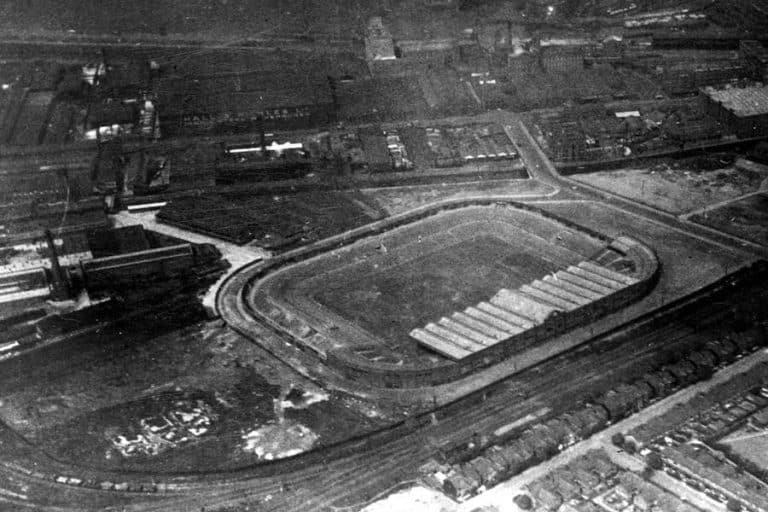
The Greater Manchester town centre going through a reboot – but will it succeed?
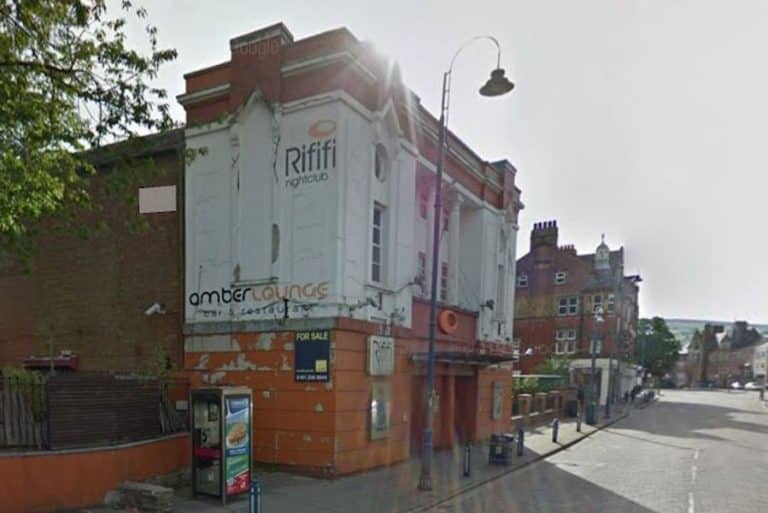
Old nightclub at the heart of ‘Staly Vegas’ could be transformed into new food hall
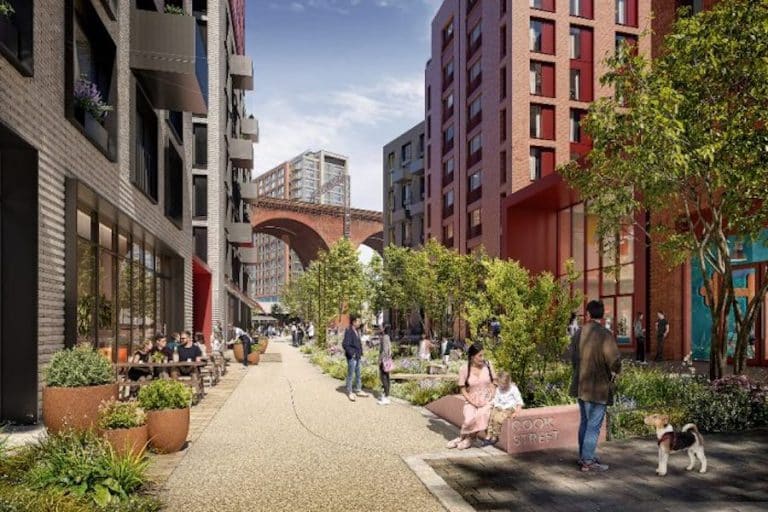
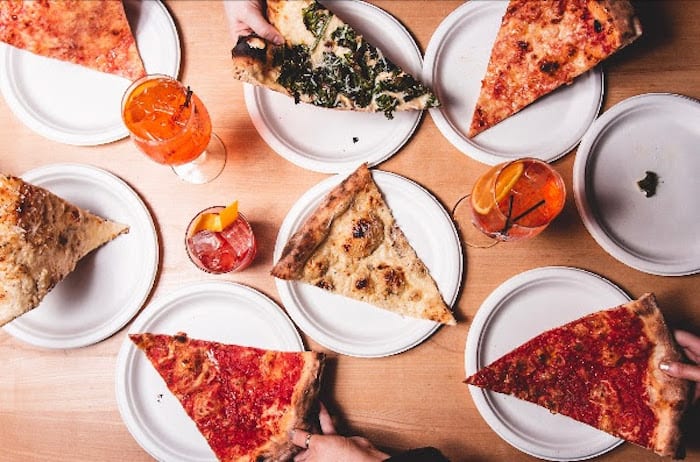
The best pizza in Manchester and where to get a slice of the action
